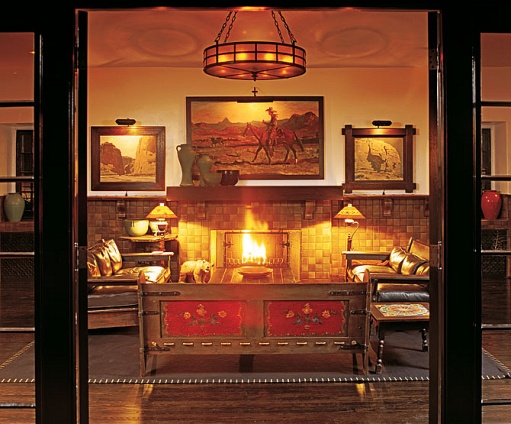The next Team Trilogy member we wanted to highlight is Melinda Fleming. For those of you who have worked with Melinda, you know she is more than just our business manager. She is instrumental in making sure Trilogy Partners runs smoothly and efficiently. Read below to learn more about Melinda.
Melinda Fleming
I grew up in Oklahoma and every year my family vacationed in Colorado. I fell in love with Colorado and the mountains on these vacations. My husband and I moved to Colorado in 1998. I spent the first years in Summit County working for Vail Resorts and an internet company before joining Trilogy Partners in 2004.
My husband and I have a hot air balloon and we spend our spare time sharing the sport of hot air ballooning with friends. We enjoy being able to view the Rocky Mountains from our balloon, the best view in town. We also enjoy snowmobiling and snowshoeing in the winter. These are great ways to experience the back country and truly enjoy nature at its finest.
I love my job and I feel privileged to work with the team of people that makes up Trilogy Partners. The thing I enjoy the most about my job is working with our clients through the entire project. It is very fulfilling to be a part of the team that takes the designs and ideas of clients and turns them into a home. It is great to be a part of taking people’s dreams and visions and turning them into reality.
Breckenridge is now the place that I call home. I hope in five years that I am still here enjoying the lifestyle the county has to offer and I still want to be a part of the great team here at Trilogy Partners.































